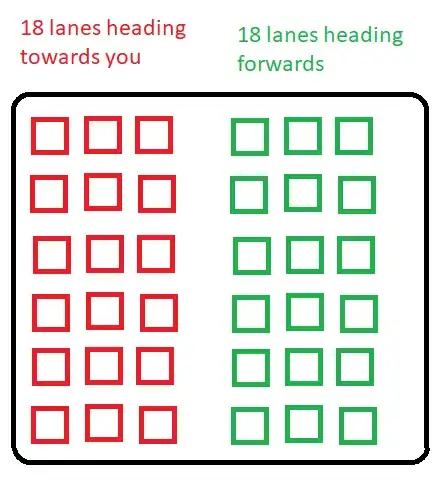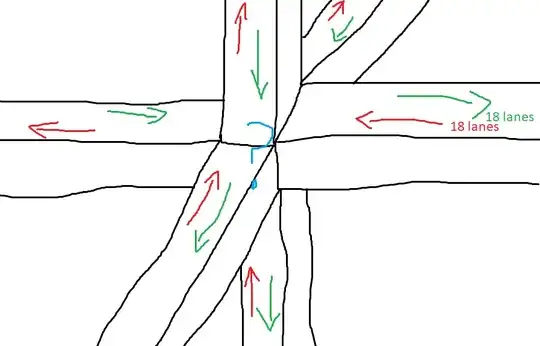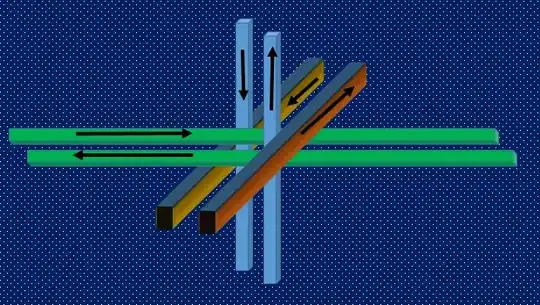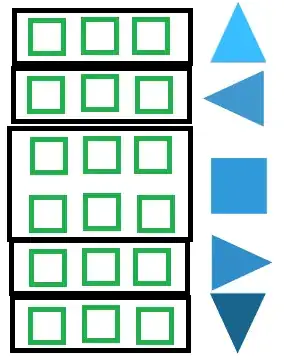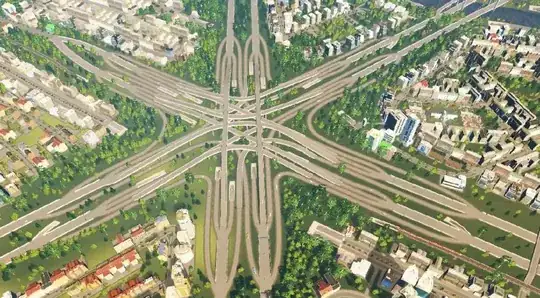Built within an asteroid belt (near convenient resources) is a densely populated human settlement. While not a "planned city", the settlement has expanded in a organised, grid like fashion in all 6 cartesian directions. Up, Down, North, South, East, and West. Allocations of space within the city are basically rectangular prisms.
Tech is quite high - artificial gravity allows each dwelling owner to orient their space how they choose and the gravity field is confined to their dwelling. However not high tech enough that they can put their feet up. Most adults are employed, and most of them need to commute for work. People need to commute for supplies, or education, or social reasons, etc. Just like a modern city, except in 3D. Public transport is non existent. Everyone is using their own "flying car" - a personal transport rocket about 2-3m in size that is basically a car but in 3D. Can get up to 200kmhr on a straight and can do a 3G turn comfortably.
The city is overpopulated, very space constrained and densely packed. It can't afford the space to build a 6-way cloverleaf intersection every time 3 main "roads" (voids between allocated property in 3D) intersect. A 6 way stop sign definitely couldn't cope with the traffic, and waiting for 2 crossing traffics straights and 6 sets of turning groups would be a test on everyone's patience, especially if your commute requires crossing dozens of these intersections.
The largest "road" is 6 lanes high by 6 lanes wide, split in 2 directions like this diagram:
How do 3 roads like this intersect most efficiently?
What goes under the blue question mark to allow these 108 lanes to intersect as efficiently as possible?
Scaling up 2D intersection designs to 3D just don't seem to be an optimal solution, do we prioritise X, Y, and Z seperately using traffic lights? There are 18 turns which don't require crossing incomming traffic, 12 of those are going to have to wait at any one time even though their destination is "just there" - that's going to be very frustrating.
A 3-way roundabout (3 circles in X, Y and Z, or a sphere) could just fit if they go really slow, but I'm unable to work out the rules and it doesn't seem very space efficient when the traffic gets beyond a few dozen cars per minute, and I'm hoping to get something like 4000 cars per minute through this intersection.
